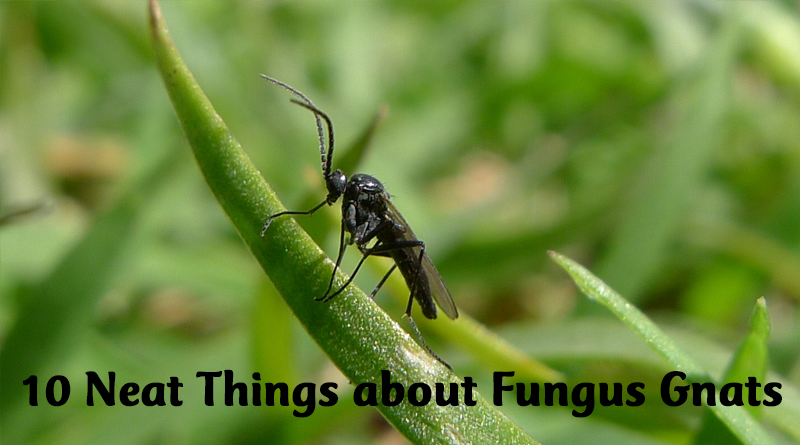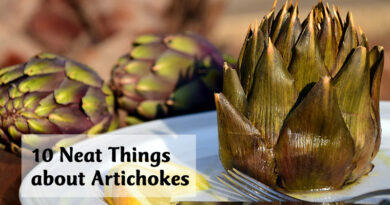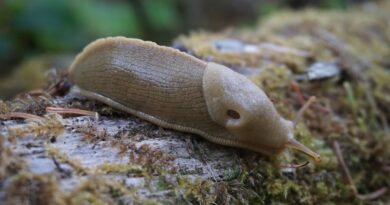10 Neat Things about Fungus Gnats

1. Pesky little flies.
If you have houseplants, chances are you have encountered the pesky little fungus gnat, a little fly that looks like a tiny mosquito, grey or black in colour, that doesn’t bite but will fly up your nose given the chance. Why? They are attracted to the carbon dioxide you exhale.
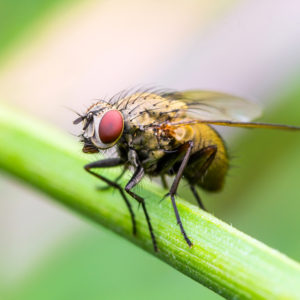
2. Fungus gnat or fruit fly?
Sometimes fruit flies will invade our homes on the skins of bananas or other fruit where the eggs ride along undetected. Fruit flies are easy to tell from fungus gnats, being orange or brown in colour and having a fatter abdomen.
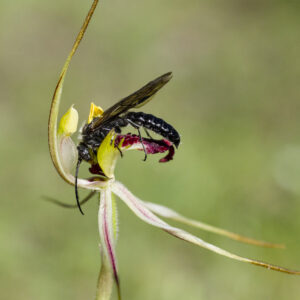
3. Good for orchids.
It’s hard to believe that fungus gnats have any useful role in nature, but in fact they are excellent pollinators of a number of plant species including some orchids. According to Wikipedia, they also help spread mushroom spores, although a mushroom grower had very evil things to say about them in his mushroom media.
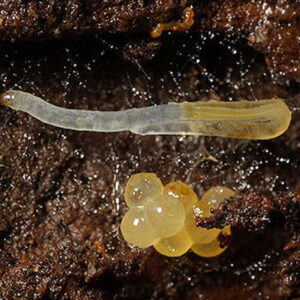
4. The life cycle of the fungus gnat.
The gnats are short-lived but prolific breeders, the female laying about 300 eggs during her brief time in the air. It takes three to four weeks to get through the egg, pupal and larval stage to emerge as an adult fly. The flies live only seven to ten days. This means that getting rid of an infestation takes time and patience. To check and see if you got all the eggs, cut some slices of potato and lay these on the surface of the plant’s soil. Leave for a few days then check the underside of the potato slice. You will be able to see larva whether or not still exist in the soil. They are translucent with black heads.
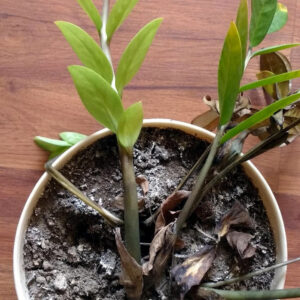
5. Plant disease carriers.
Everyone says fungus gnats are harmless, but they can also carry a plant disease called pythium on their feet. Pythium is the cause of root rot. Anyway, they lay their eggs in soils that are moist and rich in organic matter such as peat moss, which is breaking down.
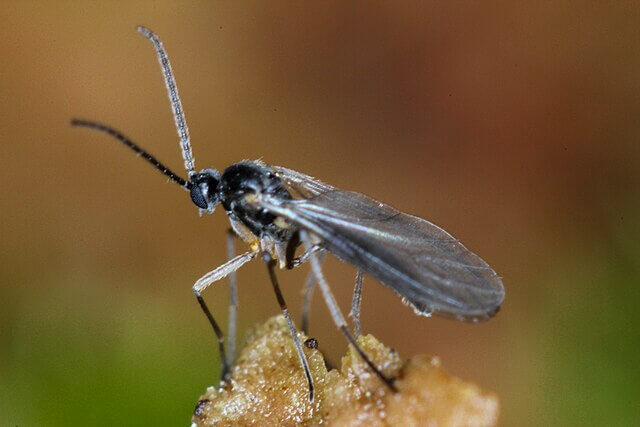
6. They need water to live.
Wet soil promotes the growth of fungi so keeping plants on the dry side discourages the pests. Let the top inch of your plant’s soil dry out completely before watering.
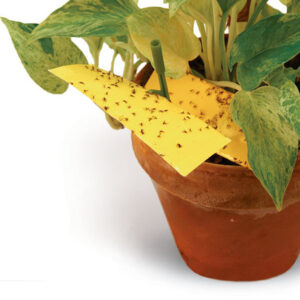
7. I don’t care, I just want them gone!
As I was saying, don’t over-water your plants. If they do get infested, use a soil drench to kill the eggs. You can try one part hydrogen peroxide (three per cent) to four parts water to water your plant. Alternatively, one tablespoon of dish detergent to one teaspoon of vinegar in one gallon of water is said to work. You need to capture the adults which are attracted to the colour yellow. Coat both sides of a sticky note with Vaseline and lay this on your soil horizontally. You can also set out a dish of cider vinegar containing a drop or two of dish soap (to break the surface tension of the vinegar) to trap and drown them.
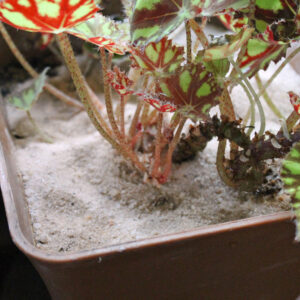
8. More ammunition for your arsenal.
Bti (Bacillus thuringiensis israelensis) will kill fungus gnats but it needs to be applied to the soil over a four or five week period. Some people swear by diatomaceous earth, but the jury is still out on that one, because while it will eradicate the larvae near the surface, it can’t get at the ones up in the tangled roots. Some people dust the top of their soil with cinnamon to discourage the adult from laying her eggs there and some add fine sand to the tops of their plants for the same reason. It is said that the addition of coir (coconut husk) to the soil is a deterrent to egg laying, but if you do this, be very spare in your watering.
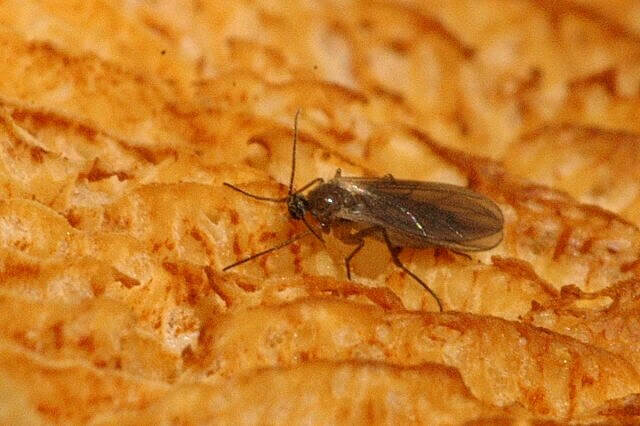
9. Yum, what good roots you have, my dear.
Fungus gnats feed on fungus, algae and plant roots, probably those that are dying because fungus gnats live on decaying matter and what is growing on them, although they are said to actually consume the fine root hairs – hmmm.
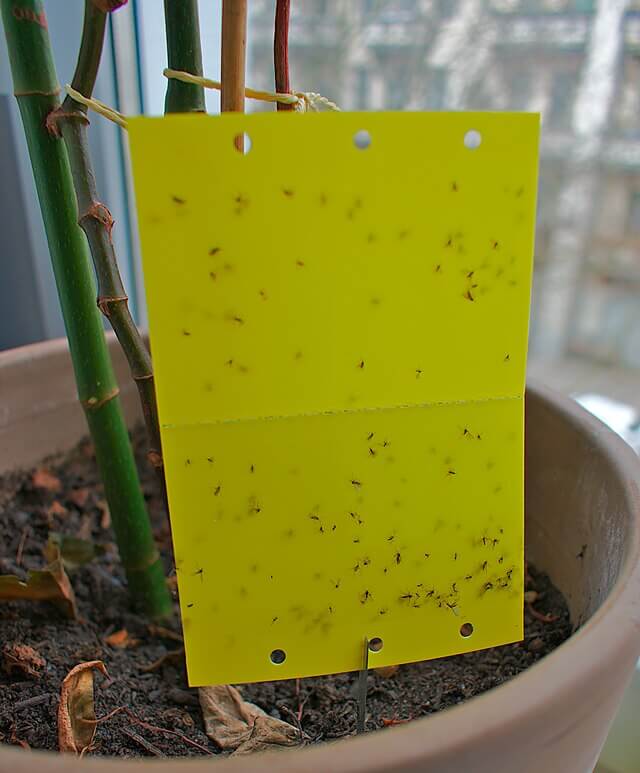
10. How did I get fungus gnats?
Even though you have gone to the trouble of washing the plant roots and disinfecting the pot with bleach to kill any hidden eggs, you are still getting fungus gnats. The reason for this is that the eggs are in the new soil you just purchased, especially peat based soils. You can sterilize the potting medium in an oven but the smell is awful and may not leave readily. Fungus gnats eggs also occur in real garden soil. Plants taking a summer vacation outside may pick up some eggs naturally.

